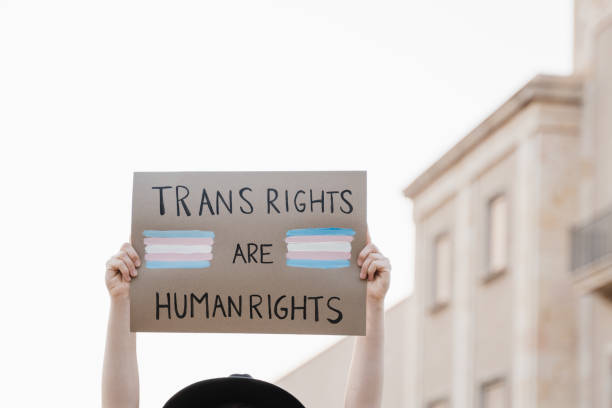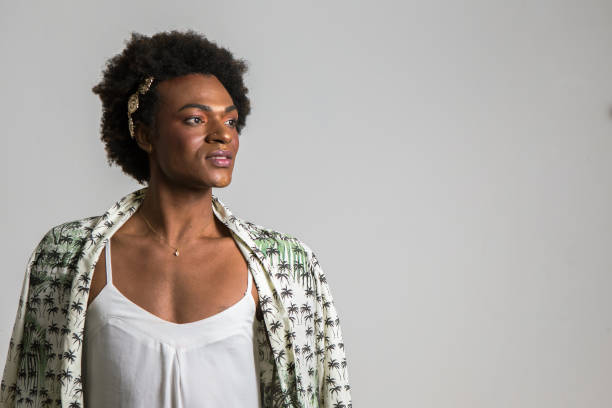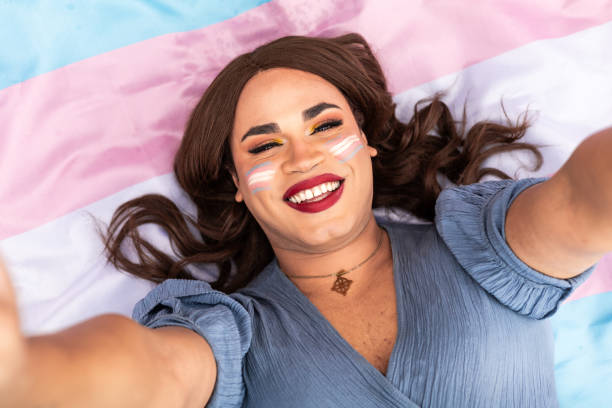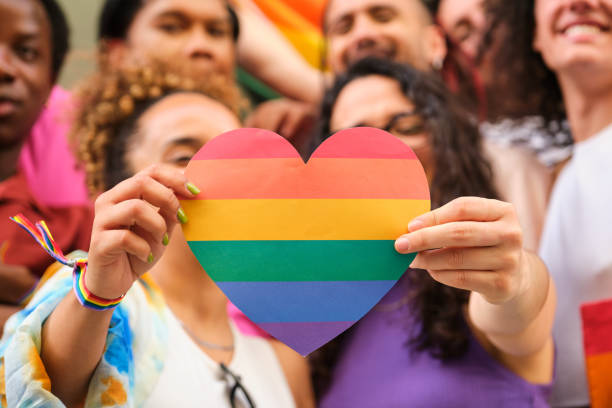Understanding gender
The difference between sex and gender
While many people use the words sex and gender interchangeably, they mean different things. Often people’s sex and gender match up; this experience is referred to as cisgender. However, many people identify as a gender that is different from the sex they were assigned at birth. To describe this experience, people may use words such as transgender, non-binary or other terms.
Sex refers to biological traits. These include chromosomes, hormones and reproductive and sexual anatomy (body parts such as a penis or vagina). Sex is a label usually assigned to a person when they are born based on their body characteristics. People are usually assigned male or female at birth and this marker goes on legal documents such as birth certificates.
Gender is shaped by social factors. Gender roles, expressions and identities vary across cultures. Gender is about how people feel on the inside. A person may feel like a male or a female, or they might feel like neither or both.
There are many ways to describe what gender is. Different people and places around the world have different expectations and ideas about gender. The ways people think about gender change over time and are different across cultures.







Gender diversity
Gender diversity refers to the vast array of ways that people experience their gender. While gender is often thought to be binary (having only two options: man and woman) there are actually many more genders. People may use cisgender, non-binary, gender fluid, agender or other terms to describe their gender.
Indigenous gender diversity
For many Indigenous nations, there is a history of gender and sexual orientation existing in ways that differ from colonial norms seen today. Terms like Indigiqueer and Two-Spirit reflect some of this diversity today.
What does it mean to be Two-Spirit?
Two-Spirit is a current-day term used by some Indigenous people. It reflects complex and diverse Indigenous understandings of gender roles, spirituality and the long history of sexual and gender diversity in Indigenous cultures. Individual terms and roles for Two-Spirit people, if they existed historically and are still within the awareness of nation members, are specific to each Nation.
Due to the cultural, spiritual, and historical context, the term Two-Spirit, as self-identification, is to be used only by Indigenous people. Not all Indigenous people who hold diverse sexual and gender identities consider themselves Two-Spirit; many identify themselves as LGBTQIA+ or use terms such as Indigiqueer.
Gender diversity throughout history
Trans, Two-Spirit and non-binary people have existed throughout history and across cultures. Across many cultures, gender diverse people have not only existed but have also held important roles.
Gender & gender expression
Gender (sometimes referred to as gender identity) and gender expression are terms that can be confused with one another. While they are often similar, they do not always match. A person may express gender in a way that differs from how they feel on the inside.
Gender is how a person feels on the inside about who they are as a female, male, both, in between or neither. Only you can determine your gender.
Gender expression is how one outwardly shows gender. This includes their name and pronoun choice, style of dress, voice or hairstyle. Gender expression may be referred to as masculine, feminine, androgynous or neutral. A person who is gender fluid may change how they express themselves depending on the situation they are in or how they feel (for example, at a business meeting, home alone, or out with friends).
What does transgender mean?
We use the word transgender or trans as an umbrella term. It describes a wide range of people whose gender or gender expression differs from their assigned sex or the societal and cultural expectations of their assigned sex. We use this umbrella term to be as inclusive as possible to all people who are trans and gender diverse.
The term trans includes, but is not limited to, people who are:
- Agender
- Bigender
- Female-to-male (FTM)
- Gender creative
- Gender fluid
- Genderqueer
- Male-to-female (MTF)
- Non-binary
- Pangender
- Trans (transgender)
- Trans man
- Trans woman
- Transfeminine
- Transmasculine
- Transsexual
This list does not capture everyone who identifies as trans. We apologize if you identify as trans and do not see yourself reflected above. At Trans Love, we are committed to using inclusive language and invite you to contact us with your suggestions for how we can make our language and resources as inclusive as possible.
What is sexual orientation?
Many people mistakenly believe that being trans is a sexual orientation. Sexual orientation is quite different from gender.
Sexual orientation includes patterns of emotional, romantic, or sexual attraction. Often, gender is a factor in people’s sexual orientation, but this isn’t the case for all people. Part of sexual orientation includes:
- A person’s sense of identity based who they are attracted to
- Their behaviours
- Being part of a community of others who share those attractions
Everyone has a gender and a sexual orientation. Like anybody, trans people are asexual, straight, heterosexual, bisexual, lesbian, pansexual, queer, gay or something else.
Gender journeys
Trans, Two-Spirit and non-binary people have existed throughout history and across cultures. Across many cultures, gender diverse people have not only existed but have also held important roles.
Gender & gender expression
As we grow up and learn more about ourselves, it is common to examine gender. People may come to a new understanding about their gender at different points in their lives. Every person’s gender journey is different. Exploring gender helps people learn more about themselves. Gender journeys take many forms. This is a very individual process and may evolve over time.
Many people are raised as boys and girls and keep the gender assigned to them at birth throughout their lives (cisgender). Other people realize at some point that they are not cisgender.
Some people figure out their gender as young children. Others discover their genders as adults. The ways people understand or describe their genders can shift throughout their lives.
If you are on a gender journey or want to support somebody who is, read our Questioning and Coming Out sections to learn more.
